Vivitrol vs. Suboxone: Similarities and Differences
Written by Rob Alston
& Medically Reviewed by Dr. Conor Sheehy, PharmD, BCPS, CACP
Medically Reviewed
Up to Date
Updated 07/14/2023
Vivitrol has more convenient dosing than Suboxone, but can only be prescribed with a few important caveats.
As addiction medicine moves into the 21st century, we can incorporate lessons from failed drug policy programs of the past. An important lesson we have learned is that addiction is a disease, rather than a moral failing. Like other chronic diseases, asthma or high blood pressure, for example, we can develop methods of treatment.
The cornerstone of addiction treatment is a rehab program, which encompasses medical detox, treatment, and maintenance (aftercare and sober living).
The main tool of a program is therapy, which may involve single or group counseling. Treatment also includes peer support and stress reduction programs that help people manage major life events.
Another tool in the kit is called medication-assisted treatment (MAT), which means a prescription medication that can help treat substance use disorder (SUD). Vivitrol and Suboxone are options that may be available to some people in rehab programs. Suboxone is used to treat opioid use disorder (OUD), and Vivitrol can treat both OUD and alcohol use disorder (AUD).
Understanding Medication-Assisted Treatment Options
Traditionally, rehab programs relied on therapy and non-medication related treatments. The backbone of most programs was cognitive-behavioral therapy (CBT). While CBT still maintains a central role in treatment, MAT options have been shown to significantly improve the chances of people recovering from addiction.
Addiction involves the following cycle: euphoria, crash, and craving. This cycle hinders a person’s ability to participate in society and can be harmful to their social, financial and occupational functioning.
Medications used for MAT are safe and effective when used correctly by trained physicians.
What Is Vivitrol?
Vivitrol is a once-monthly injection of naltrexone. Naltrexone blocks access to opioid receptors, so they cannot be activated. Since addictive opioids work by activating opioid receptors, blockage by naltrexone can prevent the drug from affecting the user.
For example, someone receives Vivitrol shots each month, and they try to take heroin. They pay for the heroin, administer it, and it has no effect. They can still take the drug, but it will not produce euphoria (pleasurable feelings) and reinforce further administration. In effect, the person has no reason to continue using heroin.
Vivitrol works to block euphoria from alcohol as well. In terms of dosage, Vivitrol is 380 milligrams of naltrexone administered as a once-monthly injection.
Vivitrol can only be given to someone who has been completely sober from opioids for 7-10 days, and this must be proven via urinalysis testing. Some clinicians may administer a test dose of oral naltrexone to ensure sobriety.
If someone has opioids in their system and receives Vivitrol, it will precipitate dangerous withdrawal symptoms. Since Vivitrol continues to release for one month, the withdrawal cannot be reversed. Precipitated withdrawal can be life-threatening.
Therefore, Vivitrol is only an option for someone who has completed opioid detox. Someone receiving Vivitrol will also be unable to use opioid medications for pain, including for surgery.
What Is Suboxone?
Suboxone is a combination of the drugs buprenorphine and naloxone. Buprenorphine is a partial opioid agonist, and naloxone is an antagonist but works differently than Vivitrol.
Since buprenorphine is a partial opioid agonist, it can be used by people who have not fully detoxed from opioids.
The naloxone component blocks opioid receptors but is only activated when someone tries to abuse Suboxone by crushing it for snorting or injecting. Naloxone does not absorb well in the stomach but will block opioid receptors if taken in other ways. Therefore, the addition of naloxone prevents illicit abuse of Suboxone.
Suboxone comes as tablets or sublingual (Suboxone strips) film. It is available as a generic medication and is taken once daily. Some may ask, “What is Suboxone used for?” Suboxone is used for OUD only and not AUD.

Did you know?
Many insurance companies will cover the cost of treatment for drug and alcohol addiction. Verify your insurance benefits with The Recovery Village Palm Beach at Baptist Health.
What’s the Difference Between Vivitrol and Suboxone?
Both Vivitrol and Suboxone treat opioid dependence but do so in different ways.
Vivitrol is only safe for people who have completely detoxed from opioids. Administering Vivitrol to someone currently addicted to opioids can precipitate life-threatening withdrawal symptoms.
Symptoms of withdrawal may include:
- Abdominal cramping
- Agitation
- Anxiety
- Diarrhea
- Dilated pupils
- Goosebumps
- Increased tearing
- Insomnia
- Muscle aches
- Nausea
- Runny nose
- Sweating
- Vomiting
- Yawning
Vivitrol can be used for addiction to opioids or addiction to alcohol. It also boasts a more convenient administration because it can be given once monthly rather than every day.
Suboxone is safe to give to people who have not detoxed from opioids. While it contains an opioid, buprenorphine, it is not as potent as most illicit opioids and remains in the system for longer. Since Suboxone stays in the body for several days, this helps to dampen drug cravings.
Suboxone can be picked up at any pharmacy, but can only be prescribed by specially trained physicians.
Benefits of Monthly Vivitrol Shot vs. Suboxone
Receiving an injection each week is much easier on someone than having to fill and take a medication each day.
However, this does not mean that Vivitrol is a good choice for everyone. People that benefit the most are those who need alcohol addiction or opioid addiction treatment and have been sober for at least seven days.
Are you or a loved one struggling with addiction?
Our Recovery Advocates are available 24/7 to help.
How We Use Suboxone and Vivitrol in Our Treatment
We incorporate MAT depending on the needs of the individual in treatment. Someone in rehab would work with clinicians in their program to create the best treatment plan for them. Vivitrol is typically given during the aftercare phase of treatment.
Suboxone can be started during the medical detox phase, which is earlier in treatment.
If you or someone you know is interested in medication-assisted treatment, we can help. Please call The Recovery Village Palm Beach at Baptist Health today and we can give you information about treatment programs that fit your needs.
View Sources
DailyMed. “Vivitrol Package Insert.” 2018. Accessed September 15, 2019
Dailymed. “Suboxone Package Insert.” 2018. Accessed September 15, 2019
MedlinePlus. “Opiate and Opioid Withdrawal.” 2016. Accessed September 15, 2019.
Authorship


 Insurance
Insurance About Us
About Us Our Facility
Our Facility Admissions
Admissions Programs
Programs Medical Detox
Medical Detox Inpatient Rehab
Inpatient Rehab Aftercare & Recovery
Aftercare & Recovery
